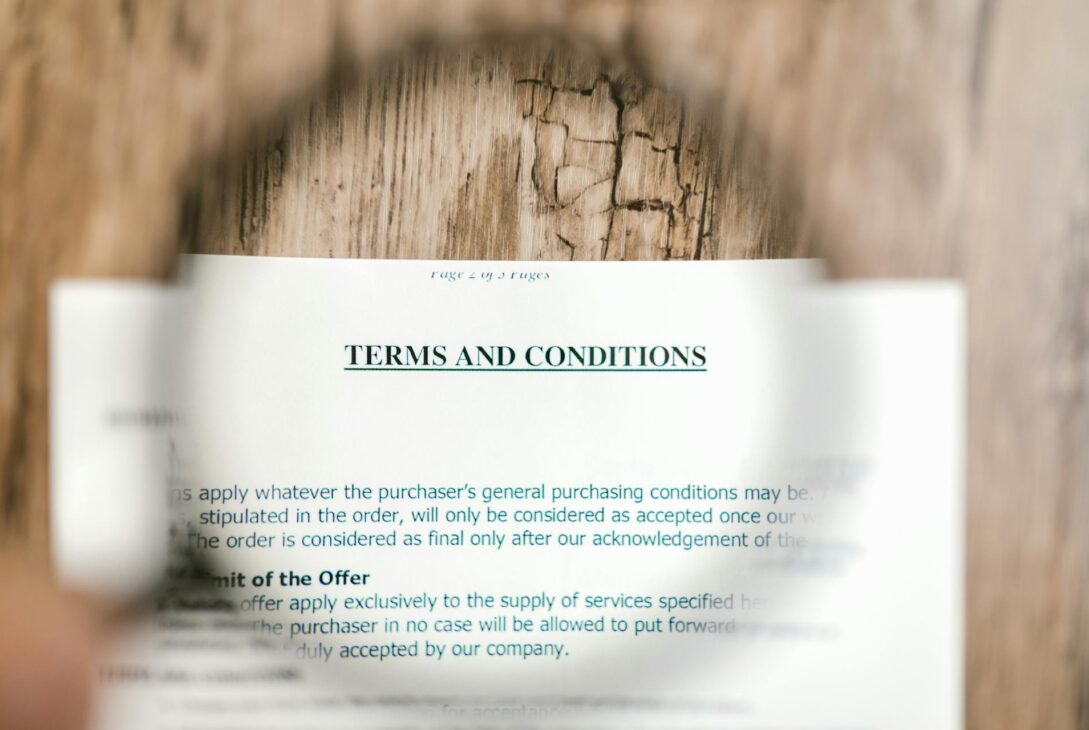Importing a car from Japan through an auction can be one of the smartest ways to buy a high-quality, rare, or affordable vehicle. But if you’re not careful, it can also become a costly learning experience.
Many first-time buyers (and even some experienced ones) make simple mistakes that lead to overpaying, receiving a car with hidden damage, or struggling with paperwork.
In this post, we’ll highlight the most common mistakes buyers make in Japanese car auctions—and how you can avoid them.
🚫 Mistake #1: Ignoring the Auction Sheet
Why it’s a problem:
The auction sheet is your most important document. It shows you the car’s true condition, including:
Mileage
Accident history
Scratches/dents
Interior grade
How to avoid it:
✅ Learn how to read an auction sheet or ask your exporter to translate and explain it.
Never bid on a car without reviewing this document thoroughly.
🚫 Mistake #2: Not Setting a Clear Budget
Why it’s a problem:
Many buyers focus only on the car price, forgetting about:
Auction fees
Export costs
Shipping
Customs duties and taxes
How to avoid it:
✅ Set a total “landed cost” budget—include everything from bidding to registration in your country.
Your exporter can help you estimate all costs in advance.
🚫 Mistake #3: Bidding Emotionally
Why it’s a problem:
Getting caught up in a live auction can make you bid too high out of excitement or fear of missing out.
How to avoid it:
✅ Set your maximum bid limit in advance and stick to it.
✅ Consider using proxy bidding to avoid last-minute pressure.
🚫 Mistake #4: Choosing the Wrong Exporter
Why it’s a problem:
Working with a dishonest or unlicensed exporter can result in:
Delayed shipping
Hidden fees
Poor communication
Even losing your money
How to avoid it:
✅ Do your research. Look for:
Verified exporter licenses
Customer reviews
Clear terms and conditions
A trustworthy agent is key to a safe transaction.
🚫 Mistake #5: Ignoring Country Import Rules
Why it’s a problem:
Every country has different import laws—some don’t allow right-hand drive, some require emissions testing, and others have strict age limits.
How to avoid it:
✅ Always check your country’s import regulations before you bid.
For example:
USA: Cars must be 25 years old or more
Canada: 15-year rule
UAE & Pakistan: Varies based on vehicle type
🚫 Mistake #6: Underestimating Shipping Time
Why it’s a problem:
Some buyers expect the car to arrive in 1–2 weeks. In reality, shipping can take 4–8 weeks, depending on your location and port schedule.
How to avoid it:
✅ Be patient and work with exporters who provide regular shipping updates and tracking.
🚫 Mistake #7: Not Verifying the Chassis Number
Why it’s a problem:
If the chassis number doesn’t match the documents, you may face problems with:
Customs clearance
Registration
Insurance
How to avoid it:
✅ Confirm the chassis/VIN number matches across:
Auction sheet
Export certificate
Car photos
🚫 Mistake #8: Bidding Without a Clear Plan
Why it’s a problem:
Some people bid on multiple cars randomly or choose cars based only on looks, ignoring availability of parts or resale value.
How to avoid it:
✅ Know what you want and why:
Daily driver? → Reliable, fuel-efficient
Collector’s car? → Rare, original condition
Performance build? → Aftermarket-friendly model
Make a shortlist and bid smart.
✅ Final Tips for Safe Auction Buying
Always ask for auction sheet translations
Set a realistic budget including taxes
Research shipping timelines and paperwork
Choose experienced exporters with good feedback
Understand your country’s legal requirements
📌 Final Thoughts
Japanese car auctions are an incredible way to get access to clean, unique, and affordable vehicles. But one small mistake can turn your dream car into a nightmare. By learning from these common mistakes, you can protect your investment and import your vehicle with confidence.









